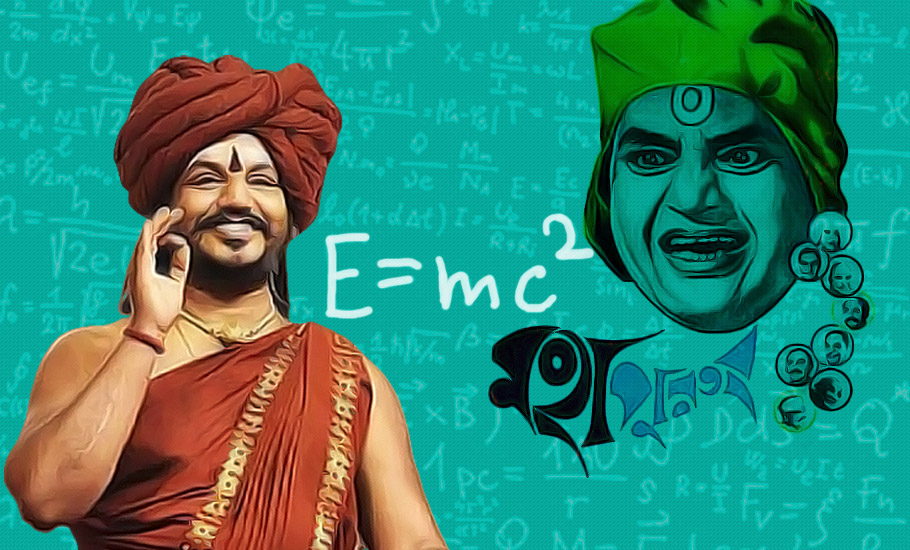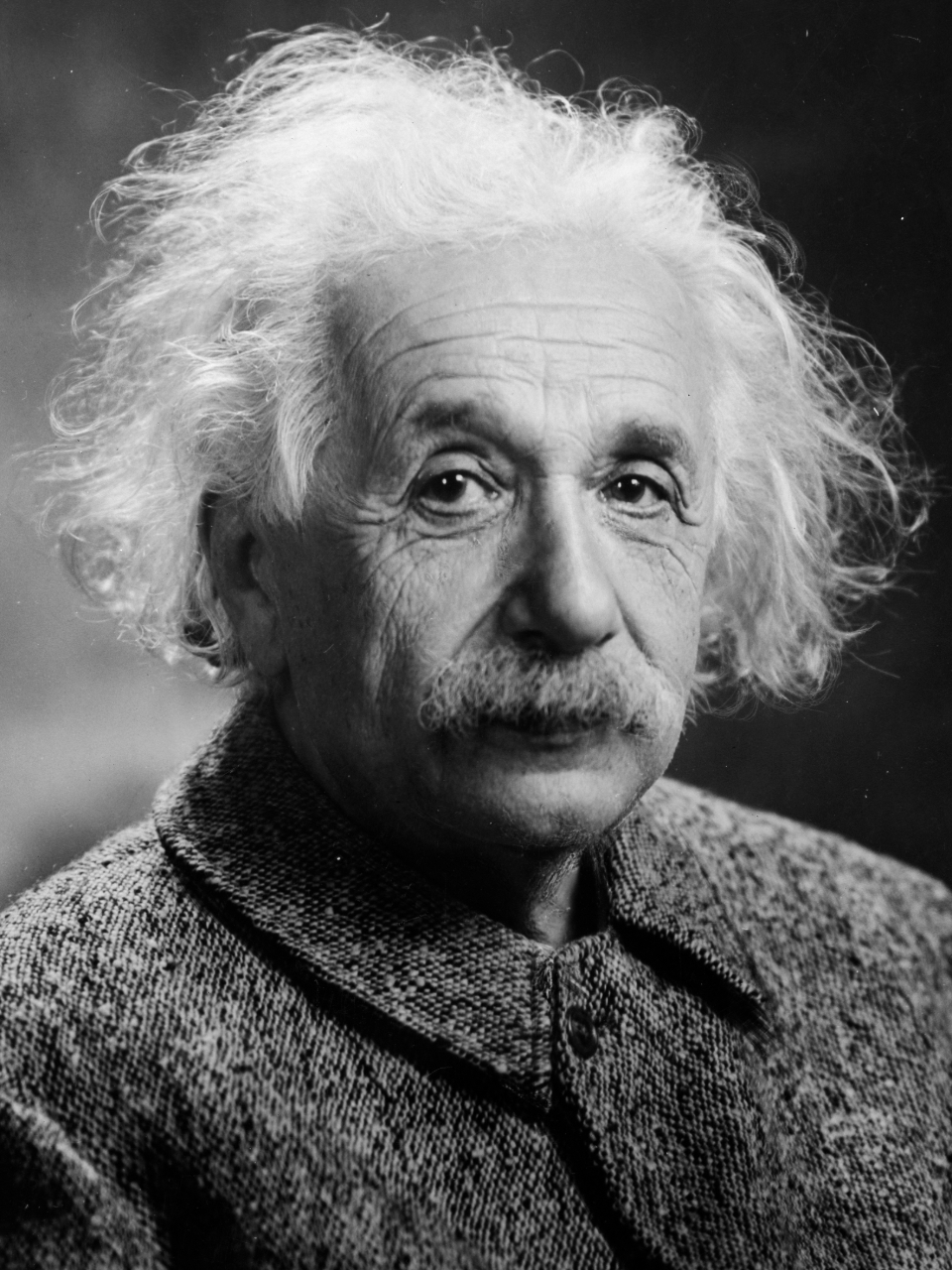
- Home
- News
- Analysis
- States
- Perspective
- Videos
- Education
- Entertainment
- Elections
- World Cup 2023
- Features
- Health
- Budget 2024-25
- Business
- Series
- NEET TANGLE
- Economy Series
- Earth Day
- Kashmir’s Frozen Turbulence
- India@75
- The legend of Ramjanmabhoomi
- Liberalisation@30
- How to tame a dragon
- Celebrating biodiversity
- Farm Matters
- 50 days of solitude
- Bringing Migrants Home
- Budget 2020
- Jharkhand Votes
- The Federal Investigates
- The Federal Impact
- Vanishing Sand
- Gandhi @ 150
- Andhra Today
- Field report
- Operation Gulmarg
- Pandemic @1 Mn in India
- The Federal Year-End
- The Zero Year
- Premium
- Science
- Brand studio
- Home
- NewsNews
- Analysis
- StatesStates
- PerspectivePerspective
- VideosVideos
- Entertainment
- ElectionsElections
- Sports
- Loading...
Sports - Features
- Budget 2024-25
- BusinessBusiness
- Premium
- Loading...
Premium

Nithyananda & Birinchi Baba: Einstein's two nightmares
If Albert Einstein had been alive today, he would have certainly worked out a plan to visit India, where his equations have found a new explanation, not once but twice — once by a fictional character and later by a godman.

“And wonder, my mind for a moment not hazy, If I and not they could really be crazy.” If Albert Einstein had been alive today, he would have certainly worked out a plan to visit India, where his equations have found a new explanation, not once but twice — once by a fictional character and later by a godman. Flabbergasted by self-styled godman Nithyananda’s explanation...
“And wonder, my mind for a moment not hazy,
If I and not they could really be crazy.”
If Albert Einstein had been alive today, he would have certainly worked out a plan to visit India, where his equations have found a new explanation, not once but twice — once by a fictional character and later by a godman.
Flabbergasted by self-styled godman Nithyananda’s explanation on Einstein’s Theory of Relativity (e=mc²), one cannot help but recall the coincidence in Satyajit Ray’s Mahapurush, in which a mystic named Birinchi Baba claims he taught the German physicist his most celebrated equation!
To begin with, this is not a movie review, nor a recall of the golden period of Bengali cinema. Neither does it discuss the tit-bits of Ray’s genius nor criticise any of the movie’s shortcomings. Rather, it delves into the profound similarities that the movie’s mystic has with India’s now-fugitive godman.
To ensure we start on the same page, Nithyananda is self-styled godman from Tamil Nadu who shot to fame with his ridiculous, or rather funny — if not stupid — scientific explanations. Booked on rape charges, he has reportedly fled to Ecuador, and formed his own country called ‘Kailaasa’, according to reports.
And Birinchi Baba is a fictional character from filmmaker Satyajit Ray’s film Mahapurush, an impostor saint who claims to have talked in person with Greek philosopher Plato and 16th century poet Tulsidas. He claims he is centuries old, perhaps millenniums and recalls his conversations with Gautama and Jesus — Buddha and Christ, he meant but claimed they were all on first name terms.
The similarities between the two begin with their claims on the Theory of Relativity. Ray’s character is straight-forward. He doesn’t delve into the seas of explanations or the intrinsic mathematical solutions. He claims he taught Einstein the theory. Little did he know half a century later another man would challenge Einstein’s, err his theory, and also offer a reason.
Nithyananda, who has an explanation for rejecting the validity of the theory, mentioning and reading which will be nothing but a waste of time, sounds confident as he asserts, “E is not equal to mc². It cannot be mc².”
Another point of coincidence, which is nothing more than comedy for anyone having firm faith in science and scientific reasoning, would be the two men’s claim of having the ability of “moving” the sun with a mere movement of their hands.
“I move the hand here and move the sun there, this is the depth of physics,” Nithyananda claims in a video, in which he rebukes “fools” for not diving into the “depths of physics”.
Birinchi Baba goes a step forward and executes the same, providing the perfect introduction the 65-minute film could have. “Rise, rise, rise,” he screams from his berth in a moving train as the sun could be seen at a distance emerging from across the horizon.

The trick turns out to be successful for him and a man, travelling along with his daughter, approaches him with tears in eyes and seeks his blessings. Besides, the philosophical talks and the reminiscence of conversations with Plato fills the potential follower with admiration.
One fact that cannot be overlooked about the claims of these two men, or godmen, however unscientific they could be, is that they received mass acceptance from their followers. And the art of deception, if it is looked from that perspective, seems to be one of the most important driving force for such godmen.
From Nithyananda’s video, the kind of support he receives from his supporters is well understood, and surprisingly, the majority comes from the educated masses, who must have studied in their youth the fundamentals of science to reject outright such baseless claims.
In Mahapurush, Birinchi Baba too has a similar follower base that blindly consumes stories of him chatting with Jesus and Plato, of him being alive during the Stone Age and helping Manu compile ‘Manusmriti’. He claims he is ageless to have witnessed all these. And guess what, Nithyananda too says in a video, “I am very seriously considering I am going to be in this body and operate this body for 200 years.”
In the film, a group of men who attempts to call out the impostor and his modus operandi, in order to understand how he succeeds in gathering such a huge followership, finds, “He (Birinchi Baba) is a good actor, understands mass psychology, is educated, has good memory, imagination, wit and guts.”
The body language too, for such ‘saints’, becomes an important part of their personality over time. Those who have watched Nithyananda’s videos must have come across people enacting what could be termed as a dance drama, with him giving blessings from atop a stage.
Birinchi Baba, on the other hand, performs a typical act that is based on a self-discovered philosophy. He connects the ring fingers of his two hands, which he says represents the present. And he moves one of his hands in a clockwise direction and the other anti-clockwise, denoting the past and the future, at the same time. This, he puts as a sort of explanation to the theory, which he claimed he told Plato, that the present doesn’t exist since time never stops. However stupid it might sound, it manages to impress his followers.
How such acts, meaningless and illogical, manage to impress the crowd and helps the mystics of sort establish a cult has been a topic of discussion for long. And with some serious charges framed against such people in reality, their popularity often help them evade the law at times.
The movie concludes with the group succeeding in calling out the impostor and his fake identity as that of an ageless mystic, which seems to give out a clear message for the audience, especially at times when such activities are on a high in the country.


